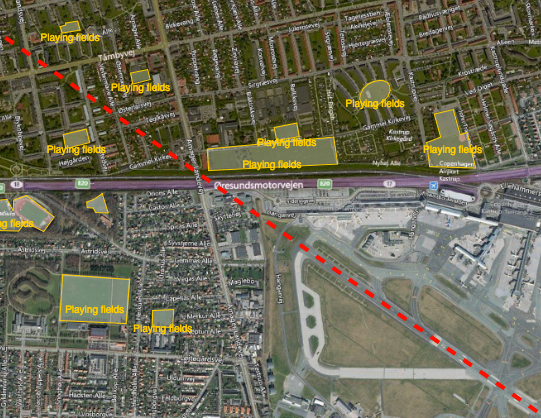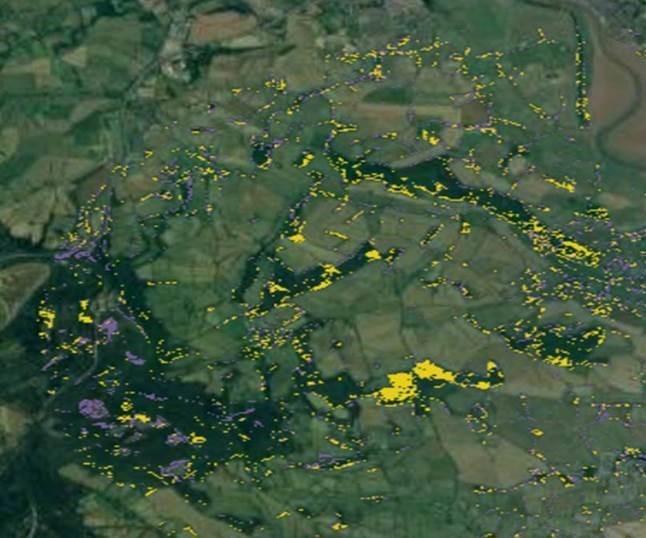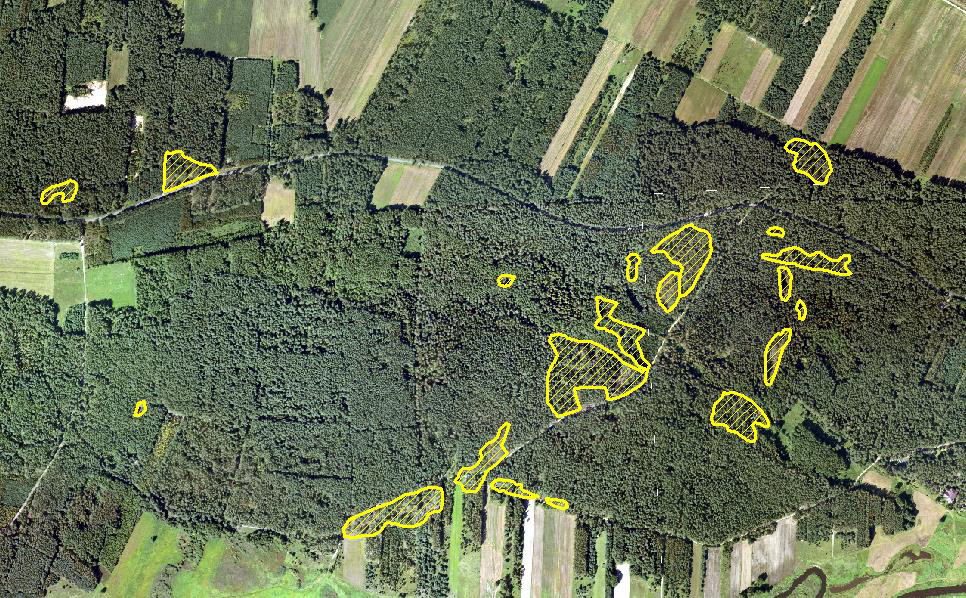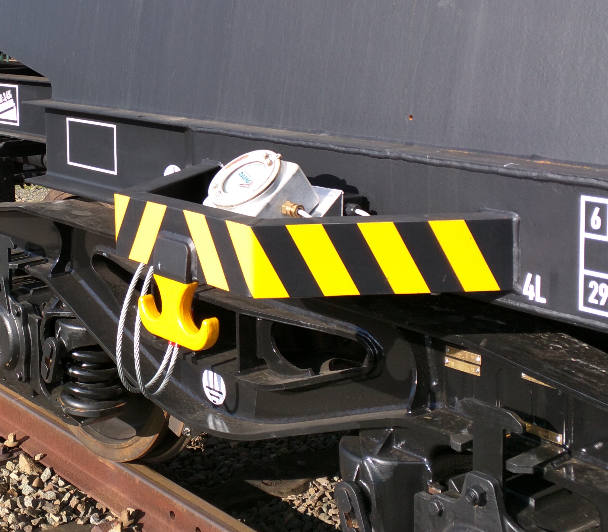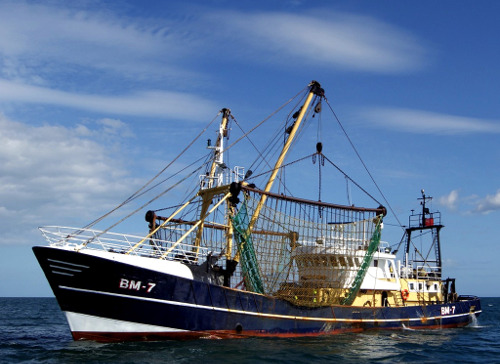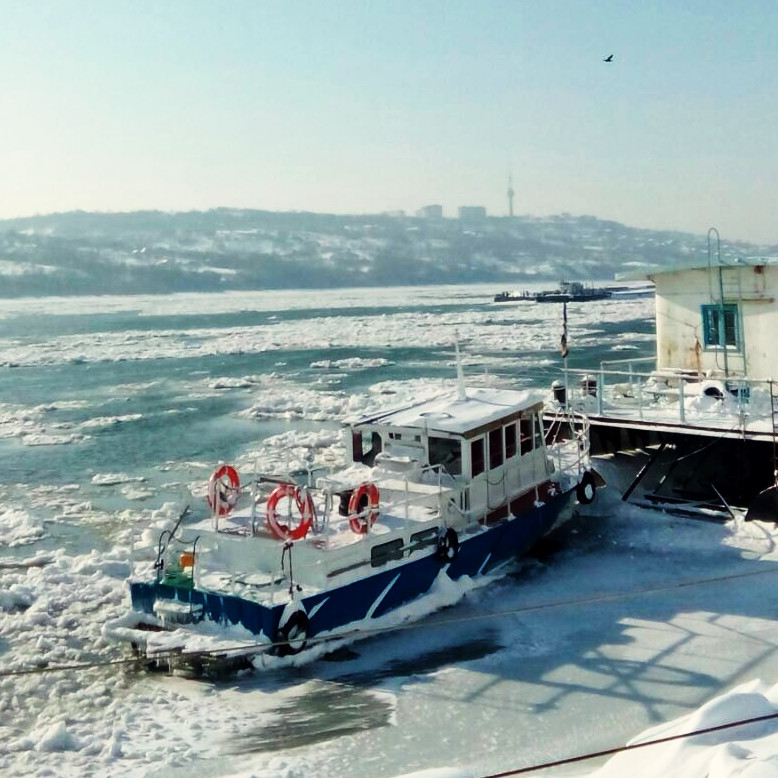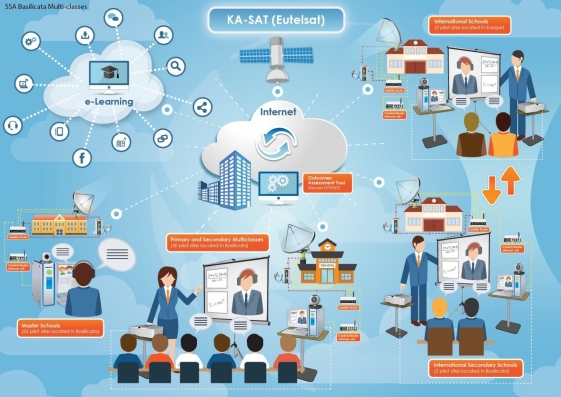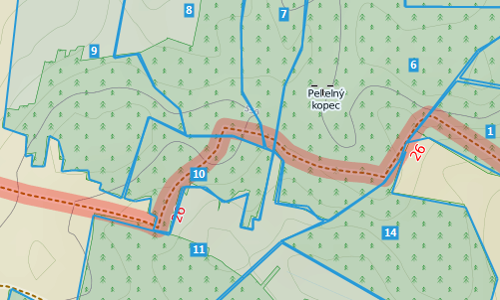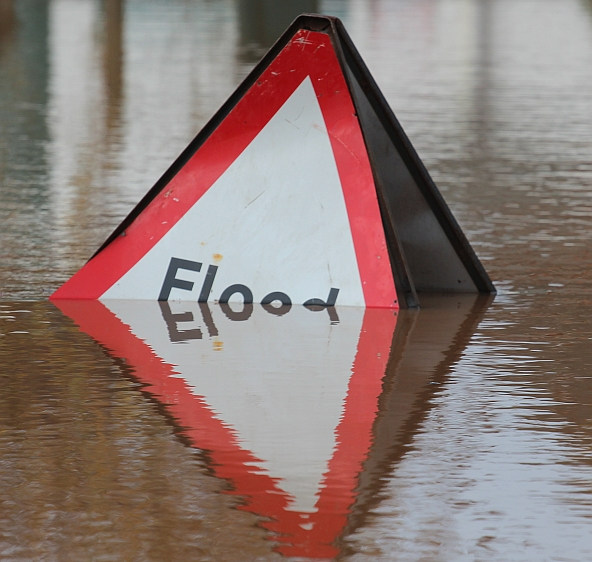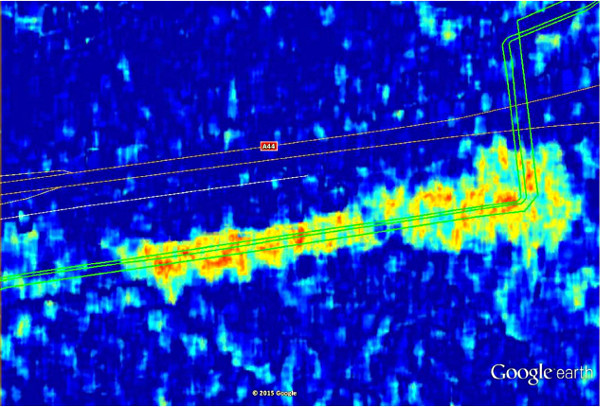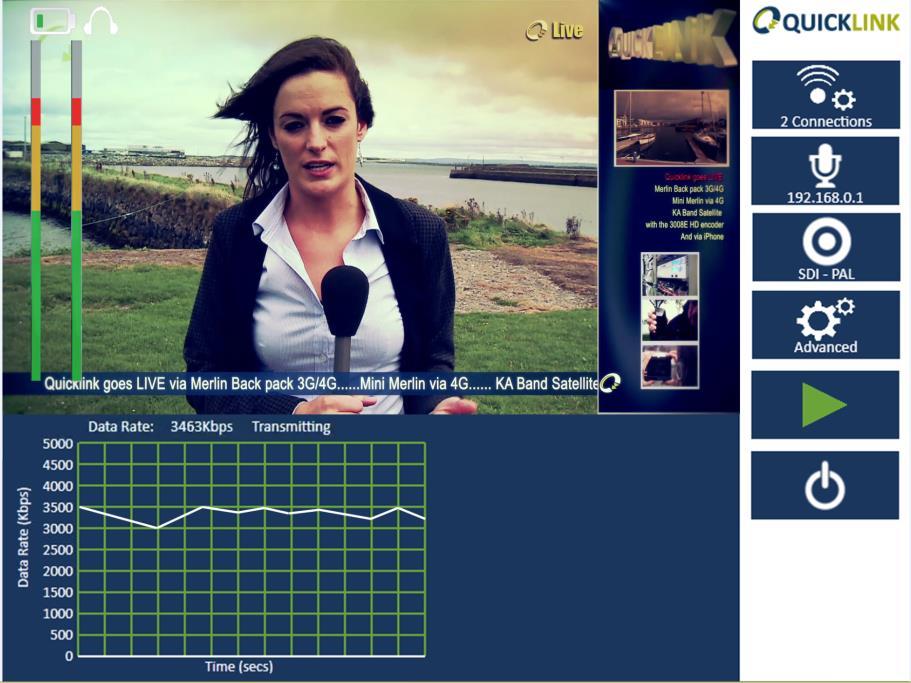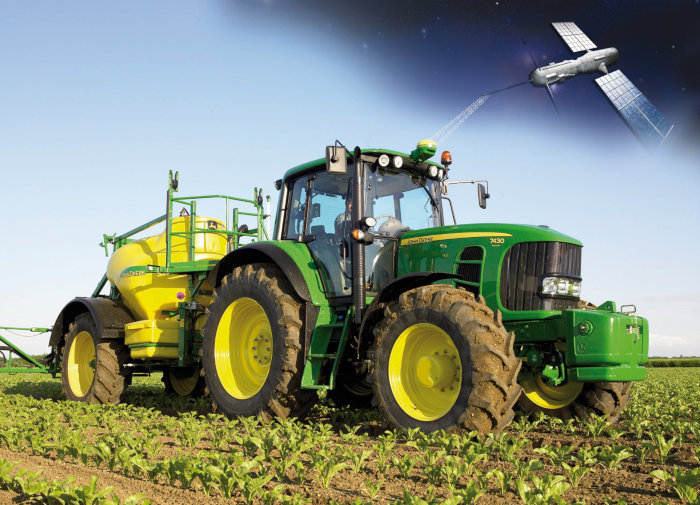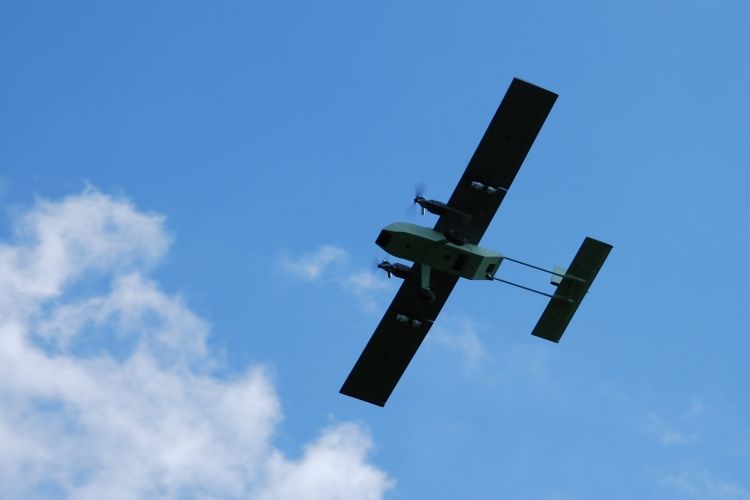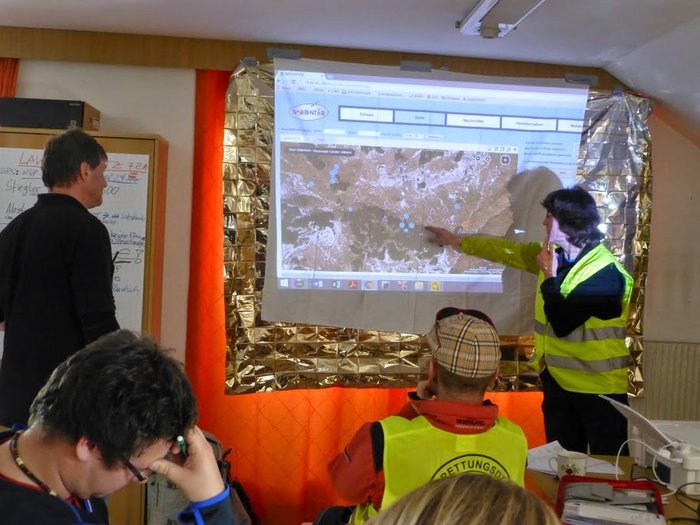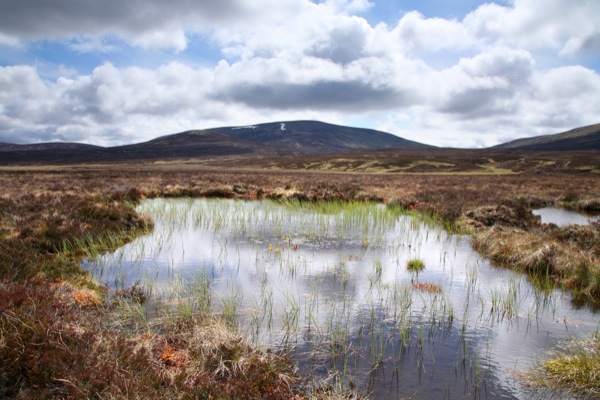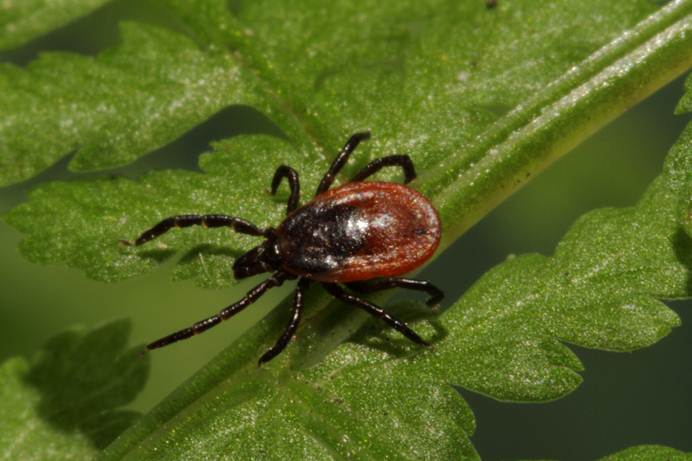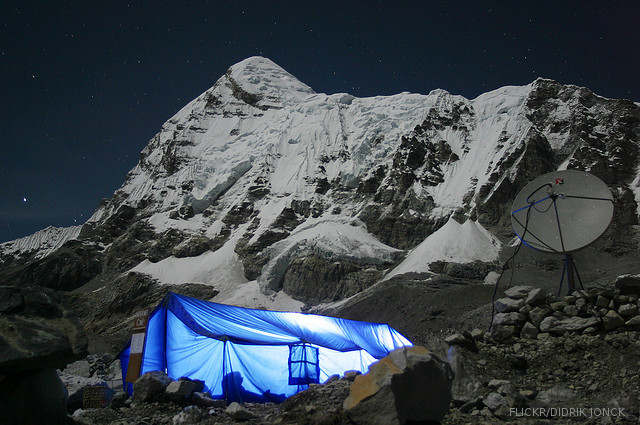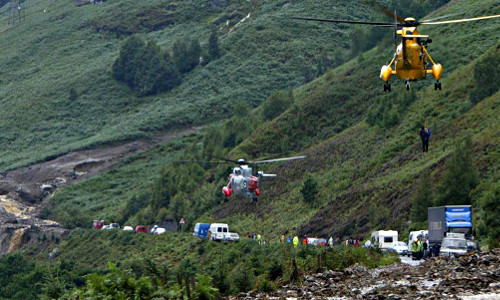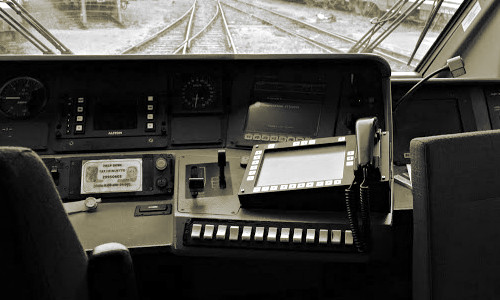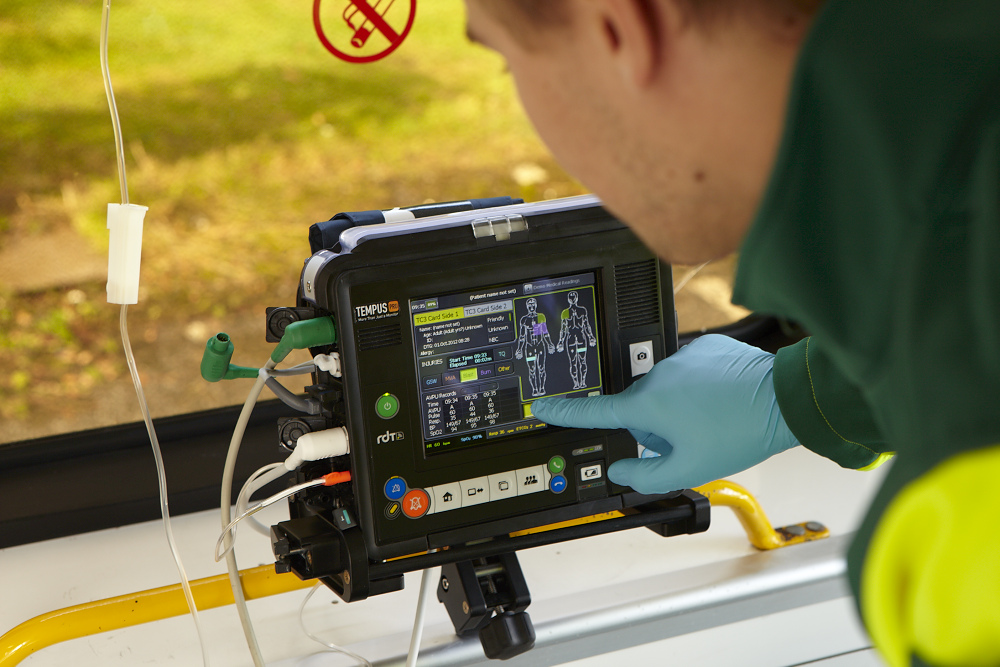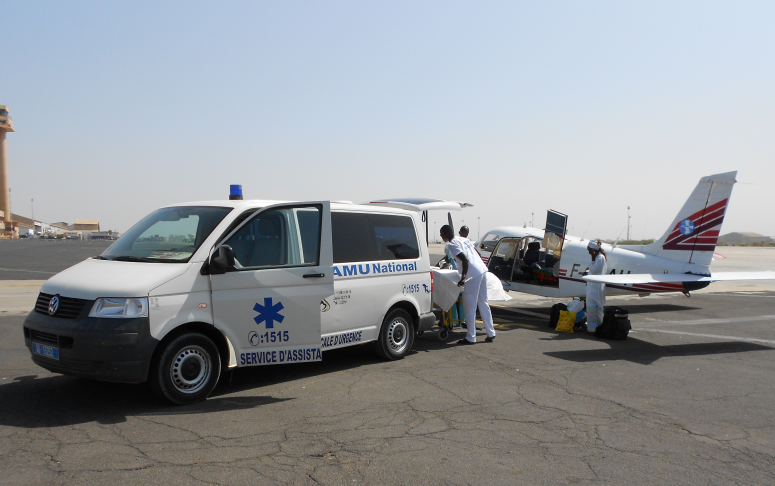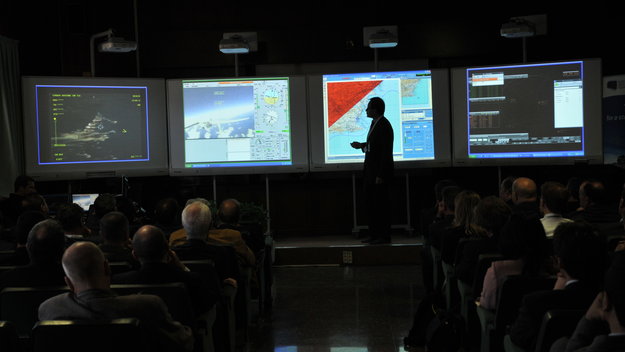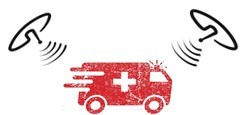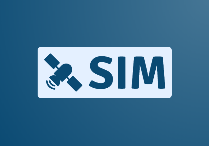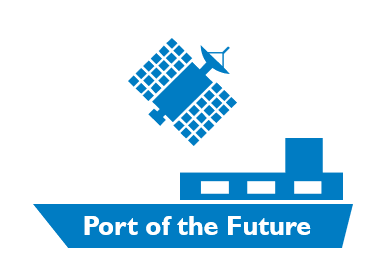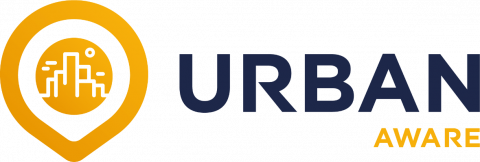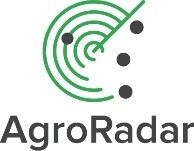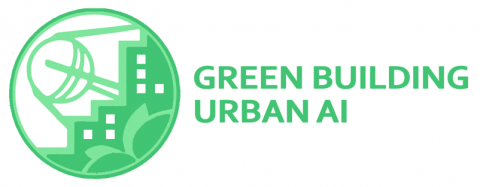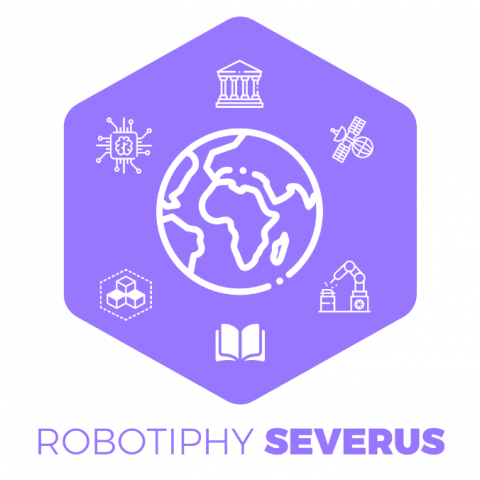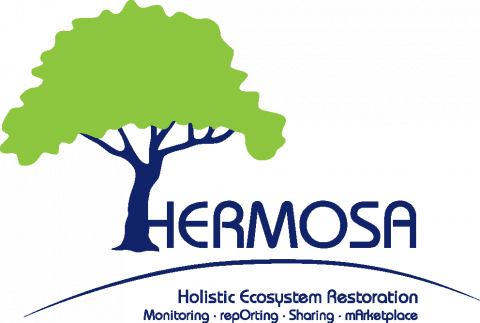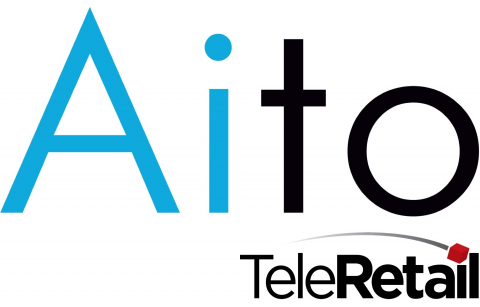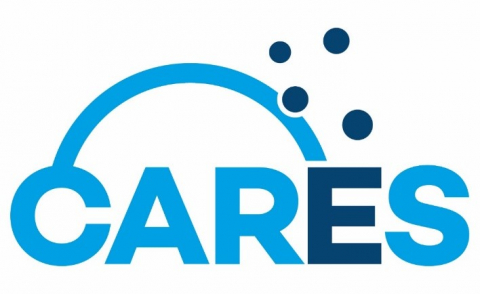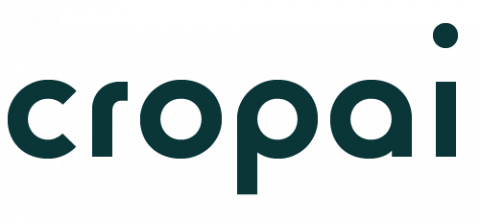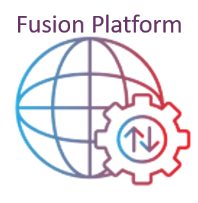Reducing the risk of bird strikes using satellite images and Ascend’s Normalised Difference Water index software (NDWI)
BROWSE PROJECTS
Based on user needs and industry skills, the evolution of customized solutions and the establishment of innovative services is accomplished through project activities. Focusing on various thematic areas, relevant information on the project activities is provided below.
DOSHP
Status date: 17 January 2022
We optimise harvest planning for farmers. We use Earth observation to map the terrain, altitude, NDVI and soil data, and satellite navigation (GNSS) to validate and to direct the machinery. We combine this with weather data, machine learning and dynamic resource allocation to produce a digital twin of the environment the farmers operate in, that allows them to make data-driven operational decisions on a day-to-day.
A.I.Perion
Status date: 13 January 2022
AIperion is a SaaS that supports the crop insurance claim management process through the use of A.I., Earth Observation and Meteorological data.
Sat4Safety
Status date: 07 January 2022
This study has as its main objective to identify the real-life pragmatic needs of the public safety stakeholders within the Public Protection and Disaster Relief (PPDR) entities – on the specific topics of using (secure) satellite communication and satellite observation, to better address their own services offered to the public.
These PPDR stakeholders are identified and included as co-participants in the study – in order to make sure they represent a relevant set of end-users and that their indicated needs and requirements can be used to design and implement future satellite service that will benefit all/most of the (EU/world) PPDR entities.
iVOICE - WOMBATT
Status date: 03 January 2022
IVOICE is a ground breaking technology that can change the way dangerous levels of fatigue are prevented in the mining industry. iVOICE is a non-invasive method to help operators prevent accidents in safety-critical working environments. iVOICE is a key part of fatigue management systems being applied within the mining industry by Wombatt Fatigue Management.
SIM
Status date: 17 December 2021
The objective of SIM is to use satellite imagery in order to provide an innovation to infrastructure monitoring of railways, electricity and pipelines. The product provides a solution which empowers the operators to save operational expenses by observing dangers from vegetation, height changes and third-party interactions along the network.
PoF
Status date: 16 December 2021
A consortium consisting of Arthur D. Little, CLS and Marlink are performing a study on how space-based technologies can be leveraged in the modernization of ports. The study includes a full range of Space-based technologies including satellite communications GNSS, SAT-AIS and Earth Observation and how these technologies could be applied in combination with terrestrial assets.
EuroSim CBRN
Status date: 14 December 2021
The EuroSIM CBRN Project aims to develop the UrbanAware Incident Modelling Platform to provide lifesaving CBRNe/HazMat situational awareness and decision support.
AGRORADAR
Status date: 14 December 2021
The AgroRadar solution help farmers to be “Farm to Fork” compliant boosting agronomic processes optimizations.
UrbanAI for Green Buildings
Status date: 14 December 2021
UrbanAI for green buildings is a data fusion tool to model close to real time green buildings or city states in terms of environment, emissions, energy consumption, traffic, all in one place. UrbanAI can be tailored to any area of interest on the Earth. Software goes beyond data fusion and has embedded analytics functionalities such as time series & reporting possibilities, environmental/energy impact calculator.
AIDA-SHM
Status date: 14 December 2021
AIDA-SHM (Artificial Intelligence Data Analyser – Structural Health Monitoring) is an IoT artificial intelligence software solution for monitoring and predicting the health of reinforced concrete structures.
Robotiphy Severus
Status date: 14 December 2021
Program virtual robots in-browser in realistic immersive environments with space asset integration.
ClimField
Status date: 14 December 2021
The main objective of the ClimField service is to provide farmers and growers with the EO-based solution allowing for improved management of the irrigation process in a field crops production: mainly potatoes, cereals and vegetables. The solution is based on estimation of evapotranspiration using satellite data and on calculation of a field-scale water balance.
ClimField
Status date: 29 November 2018
ClimField was a project aimed at assessing feasibility of development a portfolio of EO-based irrigation supporting services addressed to Polish field crops producers. Effects of climate change on the situation of farmers and treatments they undertake were taken into account during the study.
HERMOSA
Status date: 14 December 2021
HERMOSA is a service platform dedicated to support activities on ecosystem restoration and biodiversity conservation in its larger sense and the positive impact it has on the issue of food security, creating sustainable jobs, mitigating and adapting to climate change and empowering communities in technologies. HERMOSA is built using Open Source Software, accessible through the internet, empowered by web-mapping and Remote Sensing technologies.
AITO
Status date: 14 December 2021
Service for automation of logistics tasks in industrial and urban environments using a fully autonomous driving transport system.
CARES
Status date: 14 December 2021
CARES is a telemedicine service developed in response to the Covid-19 crisis, which aims to monitor health conditions of quarantined population on a wide area, including remote locations, through worldwide satellite connection. The service provides information about the health of patients through the collection of measurements, their transmission via different communication methods, and their distribution to the medical authorities. The primary objective of the service is to protect doctors from the risk of contagion and limit risks for patients by avoiding their exposure to the hospital environment.
mylo
Status date: 29 November 2021
mylo is end-to-end project management software for the construction industry. It connects every human resource (regardless of role) via a centralised system of work that focuses on the harvesting and measurement of granular project data. The data informs big-picture decision making to reduce risk and consequent cost.
CropAI
Status date: 29 November 2021
CropAI uses Artificial Intelligence (AI) and Earth Observation (EO) satellite data to detect crop types throughout the European Continent. The service offers to commodity traders insights on crops, while it provides them assistance in making better trading decisions.
WAMcam
Status date: 29 November 2021
WAMCam™ is an innovative solution integrating satellite communication and machine learning technologies to radically improve wildlife research and conservation. Researchers and conservationists in remote regions can deploy AI-enabled cameras to fight poaching, monitor animal traps, and study wildlife. Receiving prompt notifications by the cameras revolutionizes the effectiveness of these groups of users.
Fusion Platform®
Status date: 22 November 2021
The Fusion Platform® by Digital Content Analysis Technology Ltd, D-CAT, delivers a range of flexible, affordable B2B software services as APIs to: remotely detect and classify weeds; detect frost damage; provide remote predictions of yield months prior to harvest; estimate pasture biomass on demand. The price/performance service selections arise from both the algorithm/AI marketplace and the imagery Reverse Auction, where suppliers, end users and developers monetise and market their offerings globally.


